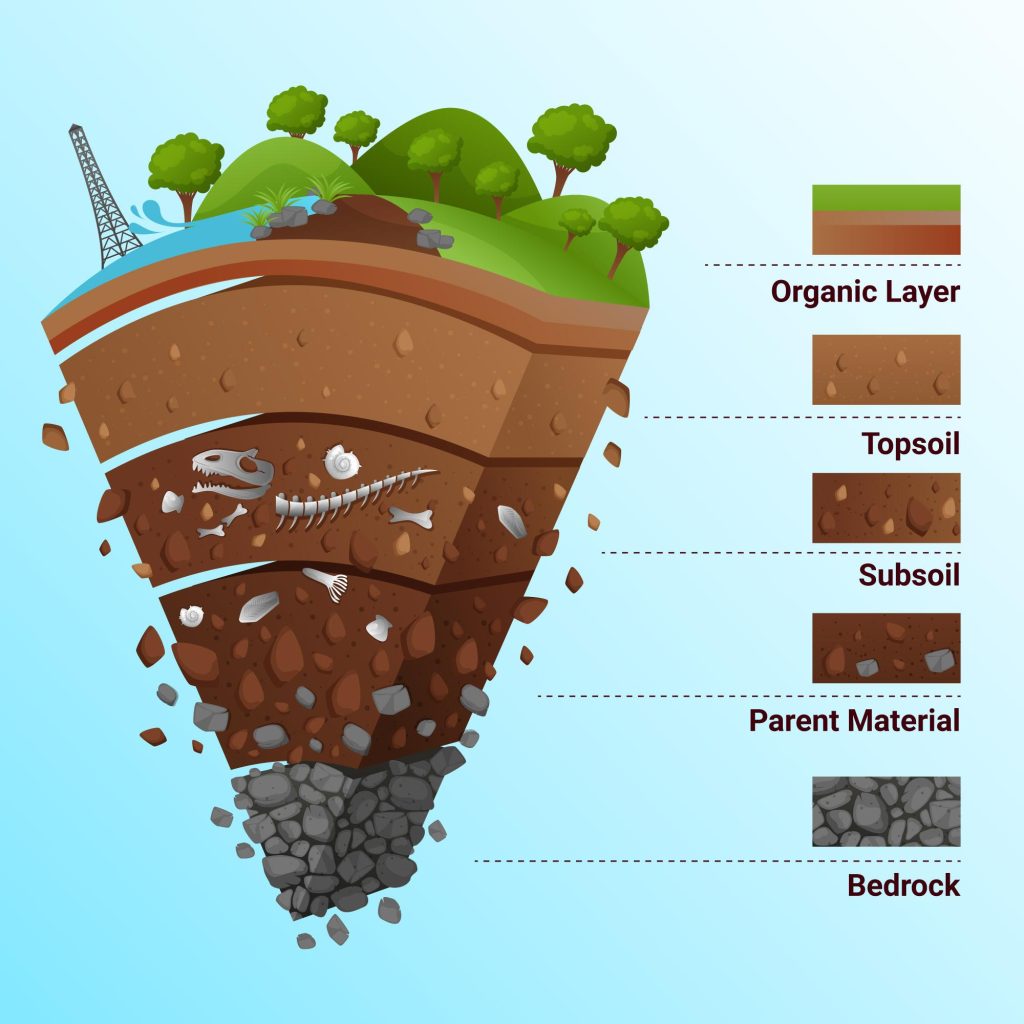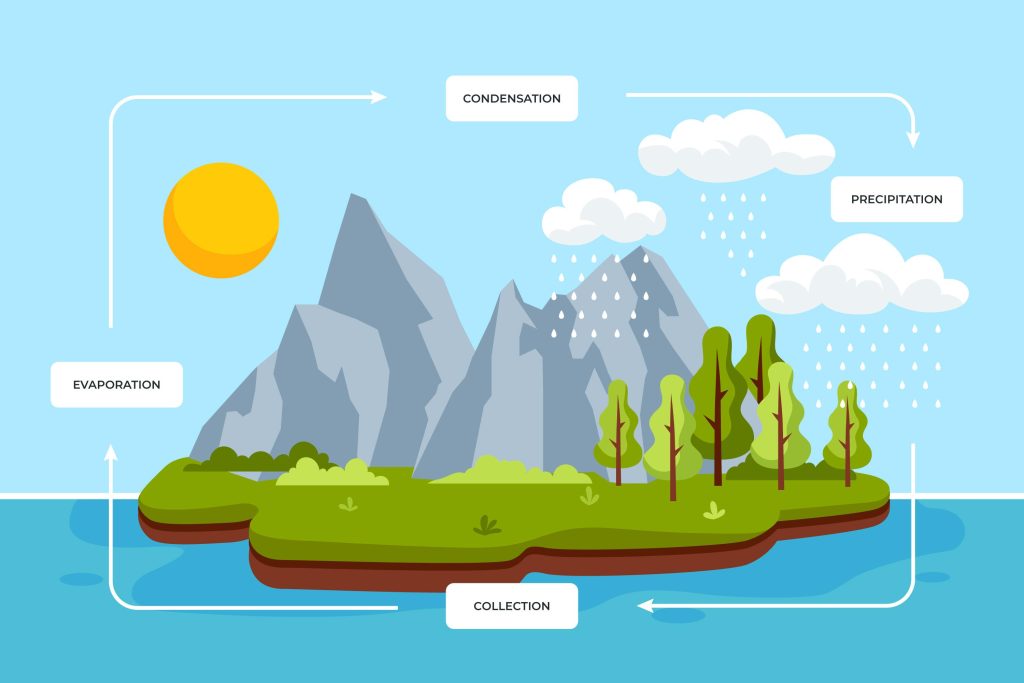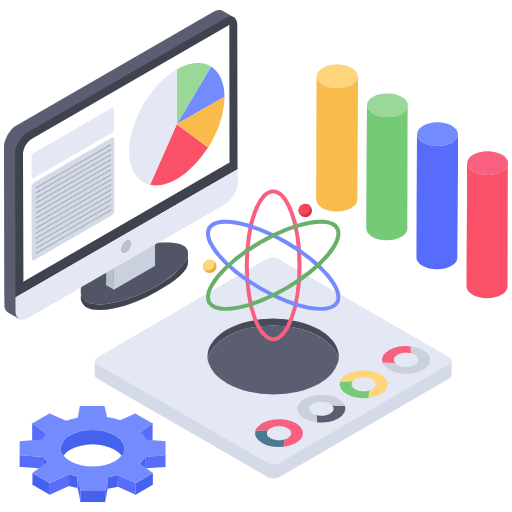Irrigation Management Software Solutions

Save Water, Boost Yield with Irrigation Management Software
The scarcity of water is increasingly becoming an issue of concern in agriculture globally. Most traditional irrigation methods depend on intuition and guesswork, which makes them wasteful and problematic in many ways:
Waterlogging
Excessive watering leads to waterlogging; it drowns soils, hinders the flow of oxygen towards plant roots and promotes the growth of harmful pathogens leading to stunted plant growth, decreased yields and increased susceptibility to diseases.

Soil Erosion
Unproper irrigation increases soil erosion which strips away valuable topsoil where nutrients are held. This can lead to decrease in soil health that result into long term productivity decrease as well as negative downstream environmental impacts.

Salinization
The extensive use of water in arid regions may cause salts to accumulate when the water evaporates from the land. This salinization process results into low soil fertility hence making it inappropriate for many types of crops.

RootFacts – Revolutionizing Agriculture through Innovation
The answer lies in Irrigation Management Software (IMS). This is a complete system designed by RootFacts that helps farmers maximize their yield by using high performance irrigation systems and enhancing environmental sustainability.
About Irrigation Management Software
Irrigation Management Software (IMS) acts as a digital bridge between water resources, field conditions, and crop needs. It has various sensors with which it integrates weather stations and irrigation systems. Some examples include:
➲ Soil moisture level monitoring: Real time updates on soil moisture content across various zones within a field are important for understanding how much more water should be supplied through irrigation where need arises. It also includes:
➲ Weather data collection: Crop evapotranspiration is influenced by rainfall patterns, temperature and wind speed among others; thus rainfall patterns, temperature and wind speed influence crop-water requirements. In order to predict potential evaporation rates due to these factors IMS collects real time and historical weather data.
➲ Irrigation System Control: Manual irrigation scheduling is a thing of the past; farmers can now automate their irrigation cycles based on real time data and predefined parameters to ensure both proper watering. This ensures the right amount of water is applied during the most critical periods thereby minimizing stress and promoting healthy growth.
➲ Historical Data Analysis: In this regard, IMS helps in pooling together all information that can be used to make more informed decisions. It includes collection and analysis of old records for crop water use, yield performance and irrigation practice. The objective here is evaluate efficiency of former irrigation strategies by tracing trends over a given period of time with an intention of improving water management practices continuously.
Irrigation Management Software: A Best Approach to Water Efficiency
However, RootFacts IMS goes beyond merely scheduling irrigations in agriculture. That’s why it has come up with feature-rich software capable of assisting farmers in developing smart water management systems:
Field mapping and zone management: creates detailed field maps depicting soil type changes, drainage patterns, and crop water demands. By doing so, specific zones will be irrigated differently due to varying needs. For instance areas that have sandy soils may require more frequent irrigations than those with clay soils.
When integrated with a soil moisture sensor, moisture levels at various depths within the root zone can be determined in real time. Here you are able to ascertain when to irrigate as well as how much amount should be used by taking into account real-time available data in relation to soil moisture content in comparison to other traditional methods based on surface readings which may be misleading.The RootFacts IMS provides an accurate portrayal of plant required moisture levels instead.
To predict anticipated evaporation rates for possible irrigation adjustment, it is necessary to have real-time and systematized weather data. This will avoid water loss through evaporation during hot and dry conditions. Farmers may become aware of forceful winds, low humidities, coming rainfall hence they can make informed decisions concerning changing their irrigation strategies.
Such factors as the crop specific water use data and the growth stage information are used by RootFacts IMS in determining appropriate amounts of water for each crop at different times in its lifecycle. In order words, maize needs different quantity of water compared to tomatoes, which also increases with maturity. Accordingly, RootFacts IMS accounts for such changes in order to ensure efficient delivery of water throughout the growing season.
Irrigation sequences are automatized according to up-to-date information and fixed limits. It makes certain that crops receive adequate amounts of water when demand is high leading to minimal stress resulting into healthy development. The irrigation system goes on only if a particular soil moisture level has been reached due to automatic switch-ON of the IMS.
Historical analysis would yield reports on farming practices in relation to both irrigation techniques, crop-water requirements and yield achievements on record. These trends will enable one evaluate how well or badly his/her strategy was with regard to irrigating in a bid to keep improving on farm-water management systems. As time progresses farmers can learn about specific requirements of various crops under given soil conditions thereby ratcheting up this knowledge base for better irrigating approaches.
RootFacts IMS fits easily together with numerous irrigation methods including weather stations as well as soil moisture sensors besides other already existent software applied on farms making it an effective process (RootFacts Solutions). All relevant information is available immediately since there is no need for manual typing of figures or data into a computer system.


